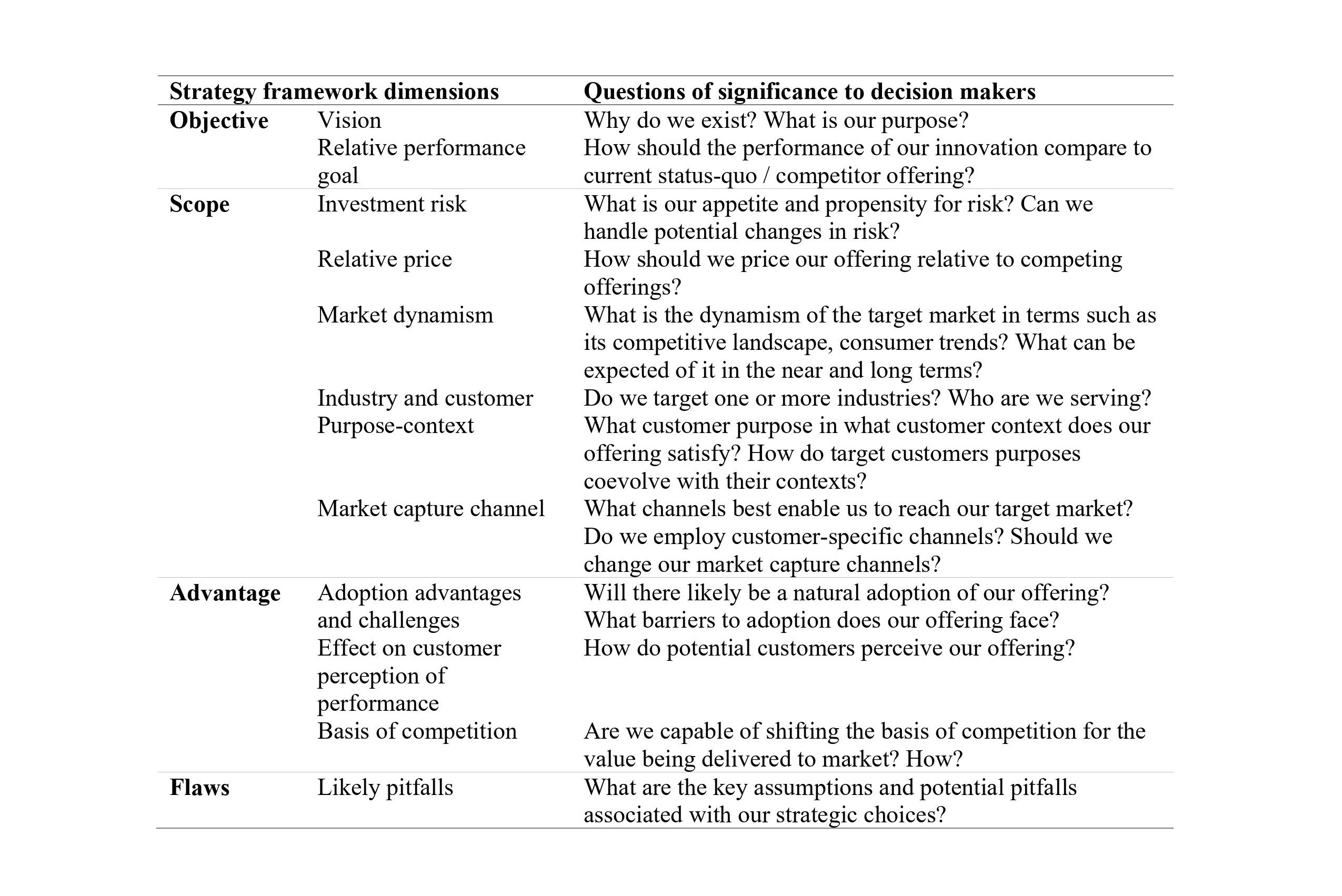Simple Rules for Innovation Strategy
How a specific set of questions helps contrast disruptive, modular, and enabling innovations
Innovation is key to a company’s long-term success. So, understanding the parameters of an innovation strategy is critical. This goes beyond new technical breakthroughs, which are themselves important but not enough to ensure business success. To achieve market success, innovative offerings require a large set of strategic choices to be made right.
It is well understood that not all innovation is the same. Various prominent studies have highlighted innovation archetypes such as transformational innovations, disruptive innovations, modular innovations, enabling innovations, architectural innovations and so on. However, these have been studied and developed as ‘special cases’ and so they explain very specific decision contexts. This incomparable, disparate nature of innovation archetypes leads to confusion and a lack of clarity on how they can be implemented, say, to a company’s new offering.
In our latest peer-reviewed article published in Elsevier’s Technovation journal, we develop a simple but thorough framework that provides a common basis to cross-compare different innovation types from the lens of strategy. The framework operates in 4 domains:
- Objective - the vision and mission of the innovation (WHAT)
- Scope - the boundaries outside which the company should not try to create an impact (WHERE and HOW)
- Advantage - the reasons why an offering will win in the market (WHY)
- Flaws - the likely pitfalls with an approach (WHAT NOT)
Each domain has decision parameters and each decision parameter has an accompanying set of questions. Once carefully addressed, this tool would help managers by converting complex innovation strategy decisions into simple rules for strategy formulation. The paper illustrates this implementation for 3 well known innovations:
- Uber as a disruptive innovation
- Bicycle Gears as a modular innovation
- The fiber Optic cable as an enabling innovation
The full paper can be read here: Technovation
